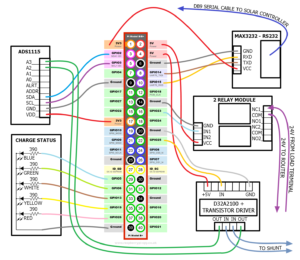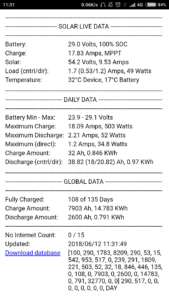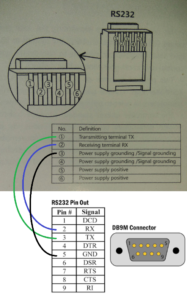Anyone can launch a balloon to fly over China, including you and me. We do not need to ask for permission from the US government. In some cases, we do not even need to tell the authorities. For around $100,000 or less, a normal person can use a balloon to take high-quality pictures and listen to radio signals over the Chinese mainland. For just $1,000, a smaller balloon can fly over China and gather some information. You could even put your name on the side of the balloon!
In May 2022, I went with one of my sons to the Dayton Hamvention in Dayton, OH. This yearly convention is the largest amateur radio convention and show in the US. One of the people we wanted to meet there was Tom Medlin. His ham call sign is W5KUB. Google him. I have been interested in balloons for many years and Tom is probably the foremost expert on high altitude balloons carrying amateur radio and other payloads. Here are a few thoughts based on my research and Tom’s seminar:
Regular birthday balloons made of mylar, like the ones you can buy at Party City, can travel around the world. They are usually 18 to 24 inches in diameter and filled with helium. If you choose carefully, you can attach things like solar panels, a computer, GPS, and a low-powered shortwave radio to the balloon. They may even have a temperature sensor. You can find plans for this online.
The amount of helium in the balloon and the weight of the electronics are carefully chosen. The relationship between the two determines the cruising altitude of the balloon. There are fairly simple mathematical formulas for this. Typical balloons intended to float around the world fly at around 40000ft above the ground. This keeps them above most thunderstorms but still in the upper currents of the jet stream. The jet stream propels them naturally. No engines or fuel are required.
Balloons like that, launched from the US, will almost always fly over the Atlantic, through Southern Europe or North Africa, through the Middle East and Central Asia. Before crossing the Pacific and reappearing over the United States, they fly over China. My United States shot down a balloon over Alaska with this flight pattern on February 10, 2023. Another was shot down over Canada the next day. Each shoot down costs well over $1M.
Remember that there are no permits required for such a balloon. And there is no requirement to notify the government. Design it and then let it go. That’s it! The total cost is $1,000 or less.
Larger balloons are also readily available for purchase online. The larger the balloon, the more helium it can hold. The more helium it can hold, the larger the payload can be. Huge balloons are available for $100-$200. A larger balloon could carry a high-resolution camera, purchased from Amazon, and even a radio receiver capable of recording a wide swatch of frequencies – from Chinese TV to cell phone and military communications. Decent receivers are also available on Amazon for less than $100. Most are Made in China and are marked that way. US made ones are available, though.
Several people have spoken with me about the possibility or need to jam the radio signals from spy balloons. If there is interest, I am happy to explain why jamming is certainly possible but with severe damage to our own communications infrastructure. Having said that, the wind patterns for balloons flying around 40000ft reduce the need to even have communications on the balloon. Since the winds blow the balloon back over the United States after they have circled the earth and flown over China, a balloon would simply have to detect its re-entry into US air space and then deflate itself. Simple. Once the contents are retrieved, high-definition pictures of China as well as recordings of Chinese communications could simply be read from an SD Card.
Before concluding, I must mention balloons that operate at higher altitudes. To operate at a higher altitude, a balloon either has to be bigger, or its payload weight has to be reduced. Based on information gathered during the on-going flight of the W5KUB-112 balloon at 50000ft, winds at this altitude are very light and the direction is variable. Balloons at this altitude drift all over the Northern Hemisphere at slow speeds. A medium size balloon could easily be steered with a propeller from a drone, powered by solar panels. The cost to do this would be low and the components are readily available at Hobby Lobby or online.
I personally have the technical knowledge to make something like this with limited help from others.
All of the parts are readily available in the US.
Parts are available in most countries in the world to do this.
Undoubtedly, many private, commercial, and government balloons are currently aloft. And convention has always been to allow them to stay afloat and do whatever they are doing. The bottom line is that any private citizen can send a balloon around the world – and across China, North Korea, Russia, or any other place of interest. What intelligence the balloon gathers all depends on how much the hobbyist is willing to spend. And the balloon owner can even decorate the balloon with letters or words in any language.



